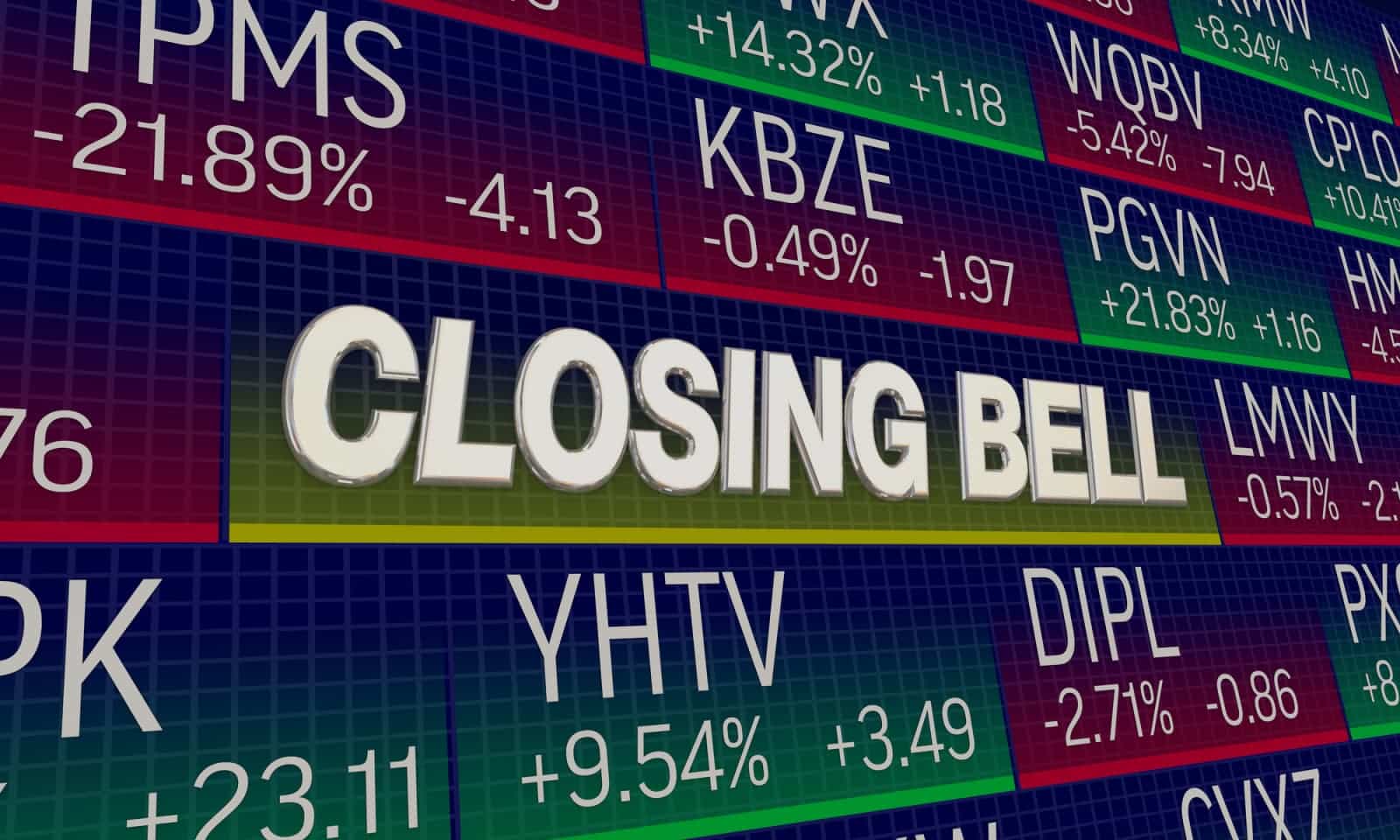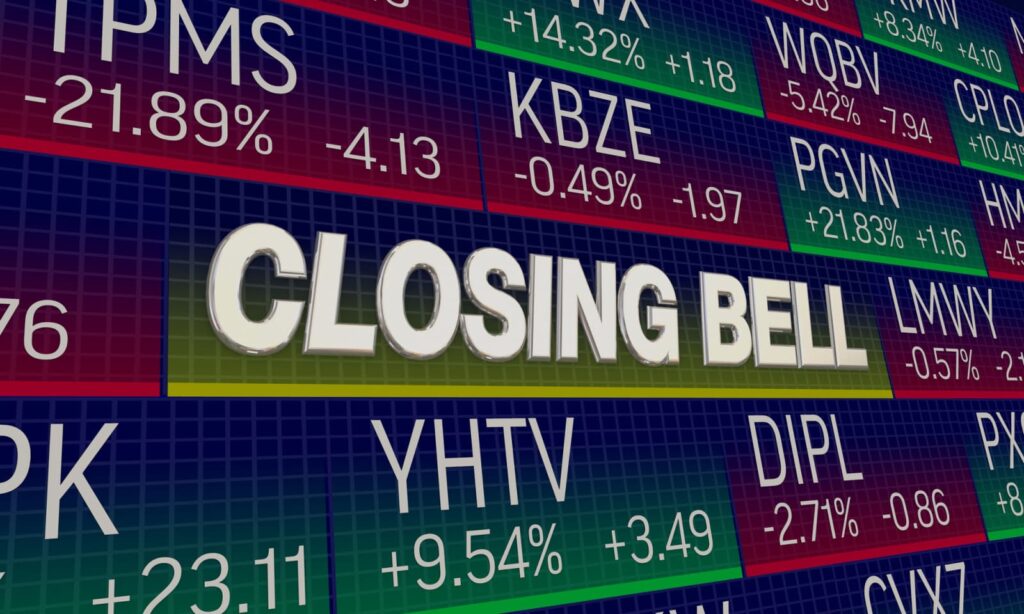End of day, also referred to as EOD, is a very important concept in the financial markets that investors should have a basic knowledge of. Keep reading if you’re keen to learn about end of day, end of day trading, and end of day orders.
Table of Contents
In the financial market, the end of trading days is known as the end of day (EOD), close of business (COB), end of business (EOB), end of play (EOP), or close of play (COP). The end of day means that trading stops in the market.

It is important to know that the times for trading days vary from place to place. While the forex market is always open, local markets can have other times. Generally speaking, the number of market players increases during regular trading days, which results in increased liquidity.
End Of Day Trading
End of day trading, which is unique to the stock market, typically takes place in the trading day’s last hours (usually 1 or 2 hours). End of day trading is sometimes referred to as “power hour” since it frequently involves high trading volumes, which may generate several trading opportunities.
End of day trading is employed by many traders, which occurs at the end of the trading day and entails making decisions about trades just before or right after the markets close. Many investors find end of day trading more practical, as they get better rates by placing their orders at the end of the trading days, while avoiding spending much time watching the market. An end of day trader often trades at the open or close, unlike a day trader who frequently monitors charts and open and close trades whenever they feel like it.
The basic premise of end of day trading is that investing more time does not necessarily result in more financial success. Traders would not need to spend all of their time monitoring the market if they concentrated all of their efforts on a shorter period of time. Moreover, they will have access to all of the data for the day, which will be useful for both evaluation and decision-making.
End of Day Orders
An end of day order is a buy or sell order that is only open until the end of the trading day. This can be an order that opens a new trade or closes an active trade, but is set a conditional price – most of the time with a limit or stop order.
Traders may place buy and sell orders for assets that are available until the trading day end, this type of orders is called an “end of day order”. A trader may place an end of day order to close and open trade or initiate a new one. End of day orders must be set at conditional prices and typically take the form of stop or limit orders. It is a necessity for any end of day order to be reentered if it is not executed due to whatever reason.
Buyers may benefit from end of day orders since they eliminate the need to keep track of the progress of the orders after the end of the trading day. As most orders in the market are placed right away, they are rarely an issue for the cutoffs of end of day orders. Another advantage of end of day orders is that traders get to place additional trades via limit orders, which give them freedom from the future deduction of the investments.




